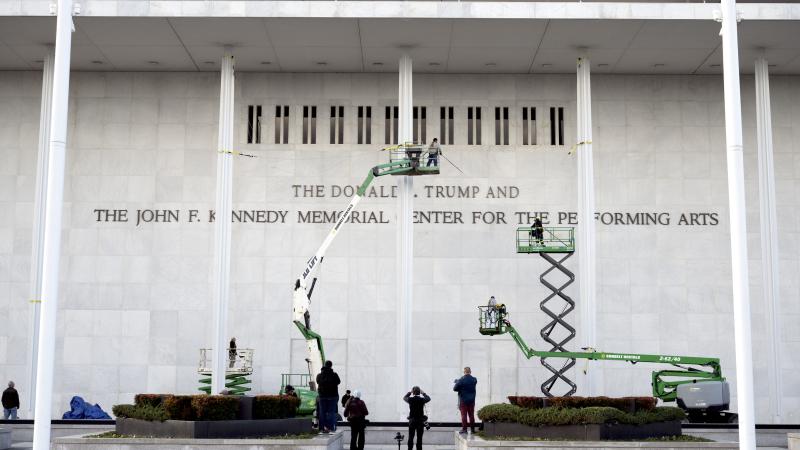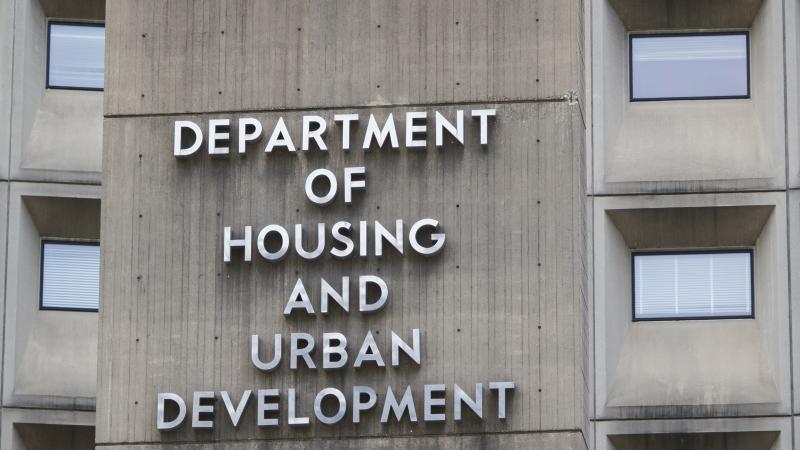Newsom declares emergency over heat, power-rationing possible
Emergency orders include loosening climate restrictions on power providers.
California Gov. Gavin Newsom is loosening climate restrictions on power providers to ensure they’re able to crank out enough wattage to keep residents cool through the ongoing heatwave.
Newsom has issued an emergency declaration for the second time in less than a year to free up additional energy capacity.
The declaration frees power providers to ignore state-mandated fuel consumption and air-quality restrictions that otherwise would hamper their production levels. Coal-fired and nuclear energy stations have backup or auxiliary generators that operators can fire up to complement wattage output in certain situations.
“For the next several days, much of the West and Southwest are expected to see triple-digit heat, making it imperative that individuals take precautions to stay safe from the heat and do what they can to conserve energy,” Newsom’s office said in a release.
The changes expire at midnight Saturday, except for a rule about ships berthed in California’s ports no longer needing to use power from ashore. That will expire Tuesday.
The governor issued a similar declaration Sept. 3, 2020. The combination of heat, humidity, fires damaging transmission lines and select power plant closures resulted in unexpected and rolling blackouts that left hundreds of thousands of people without power amid 100-degree temperatures.
The California Independent Service Operators (CAISO) extended its “Flex Alert” that orders residents to lessen energy consumption through Friday, setting the hours from 6-9 p.m., with Saturday likely to see a similar situation.
It urges residents to cool their homes before the Flex Alert window begins and then set thermostats to 78 degrees or higher if health permits, avoid using large appliances and turn off unnecessary lights.
CAISO expects peak usage to reach 41,344 megawatts of their estimated 52,697 MW capacity. They forecast lower power usage Saturday.
The National Weather Service warns of “potentially life-threatening” temperatures in some parts of the state lasting through Saturday. Many regions of the western U.S. are under an abnormal heatwave, with temperatures climbing in places such as Palm Springs to nearly 120 degrees.















